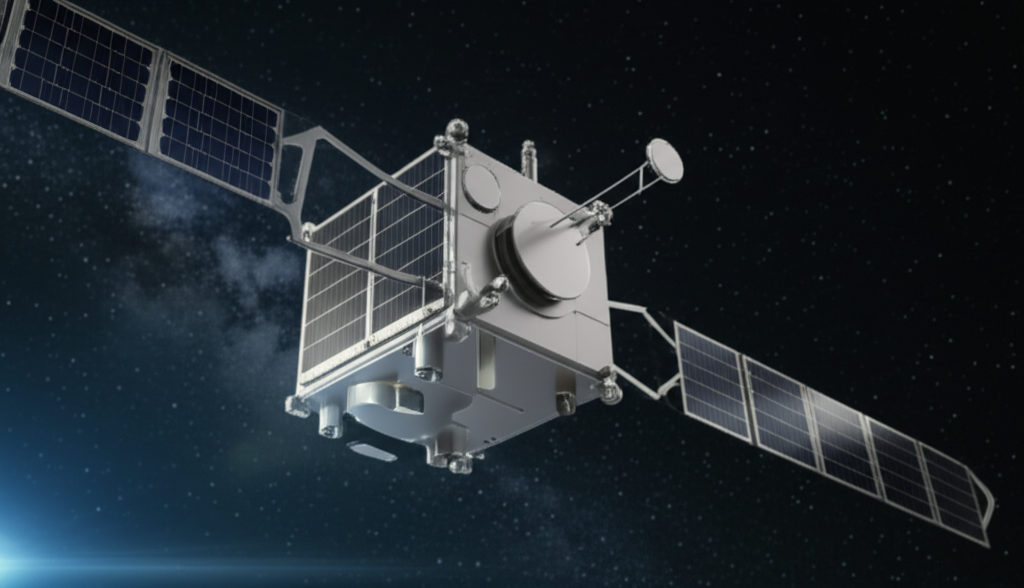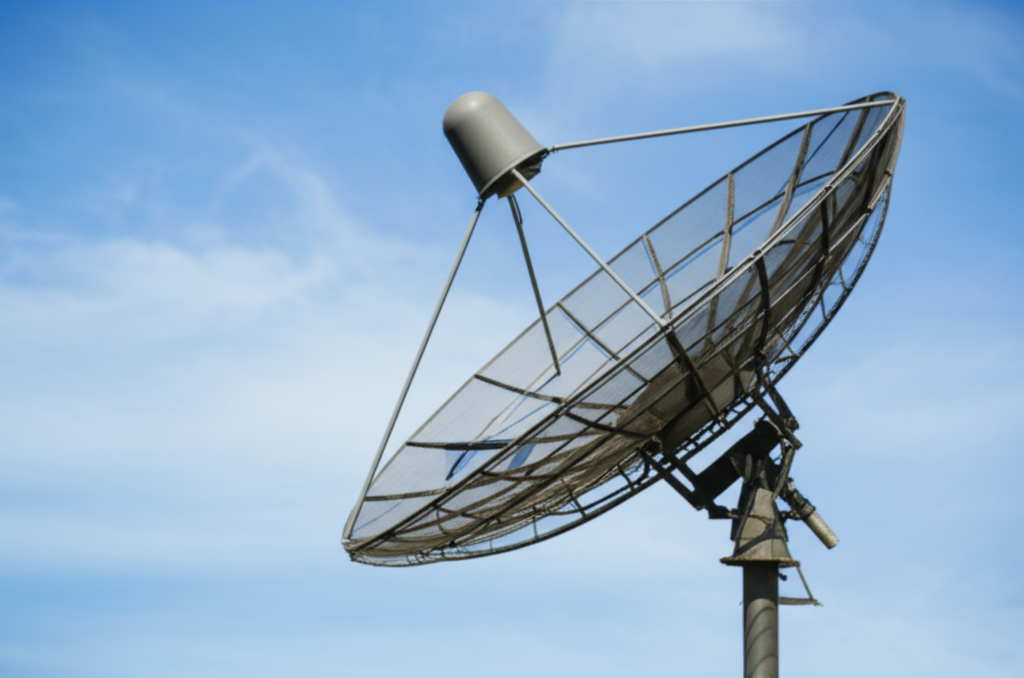
CubeSat 101: Introduction to Mini Satellites
This tutorial provides a comprehensive overview of CubeSats, starting from their conception at California Polytechnic State University and Stanford University. We'll explore the standard 1U, 2U, 3U, and 6U form factors, discuss common subsystems like power, communication, and attitude control, and look at diverse applications ranging from academic research and Earth observation to technology demonstration and amateur radio.
Watch the Tutorial
Tutorial Content
What is a CubeSat?
A CubeSat is a class of miniaturized satellite based on a standardized form factor of 10x10x10 cm units, known as "1U". These small satellites have revolutionized space access by lowering the cost of development and launch, making them ideal for educational purposes, scientific research, and technology demonstrations.
Key Features
Standardized Form Factor
Built in 1U (10cm cube) increments, simplifying design and deployment.
Lower Cost
Drastically reduces development and launch costs compared to traditional satellites.
Rapid Development
Enables faster cycles from concept to launch, fostering innovation.
Common Subsystems
EPS (Electrical Power System)
Generates, stores, and distributes electrical power. Typically consists of solar panels and rechargeable batteries.
Comms (Communication System)
Transmits data to and receives commands from a ground station using antennas and transceivers.
ADCS (Attitude Determination & Control)
The system that orients the CubeSat. It uses sensors to determine its orientation and actuators to change it.
OBC (On-Board Computer)
The 'brain' of the CubeSat that processes commands, collects data from sensors, and manages subsystems.
Payload
The mission-specific equipment, such as a camera for Earth observation or a sensor for scientific experiments.
Related Tutorials

Orbital Mechanics Basics for CubeSats
Understand key concepts like Kepler's laws, orbits, and delta-v for CubeSat missions.

Preparing for a CubeSat Contest
Tips and tricks for writing a winning proposal and presenting your CubeSat design.
